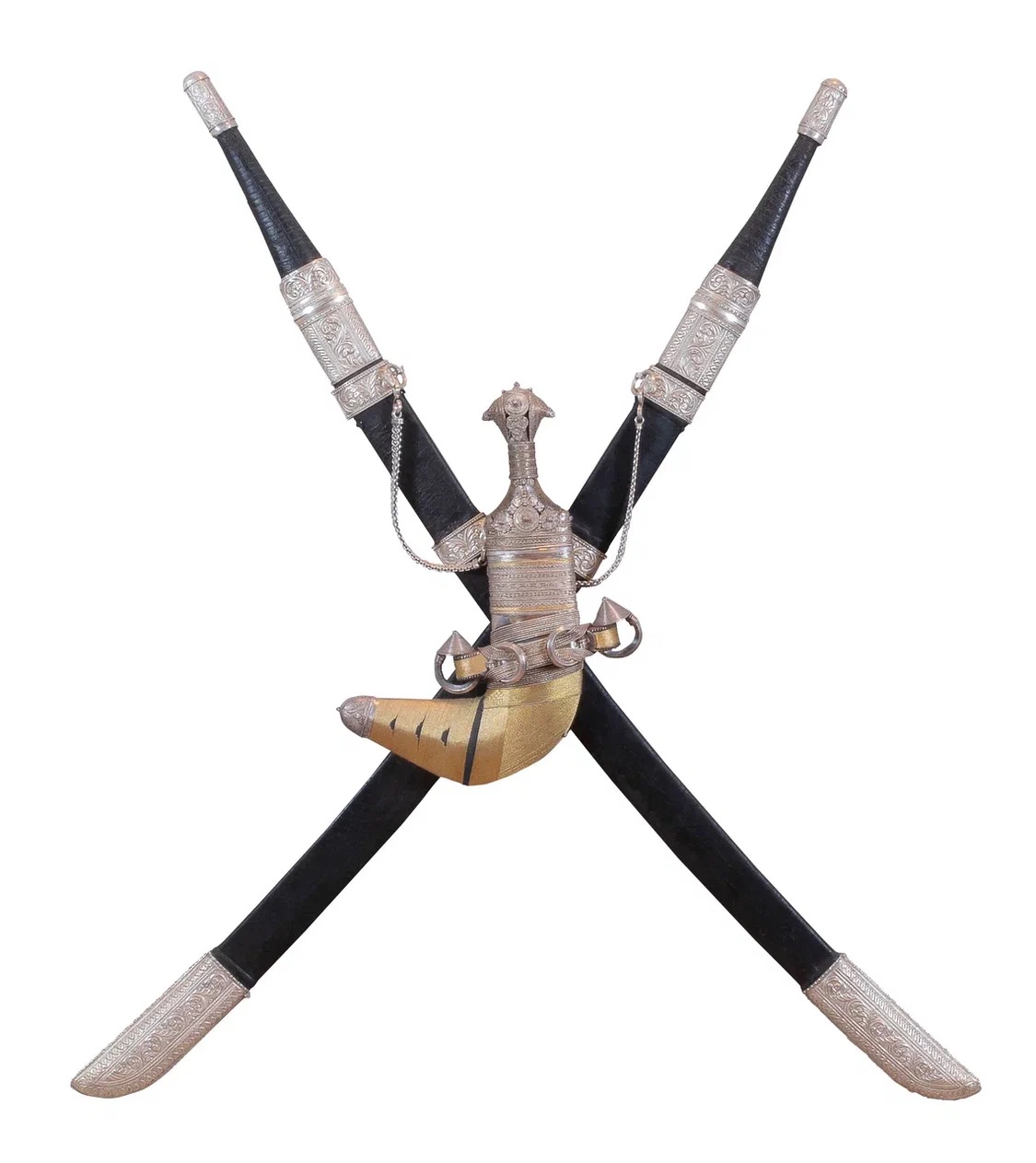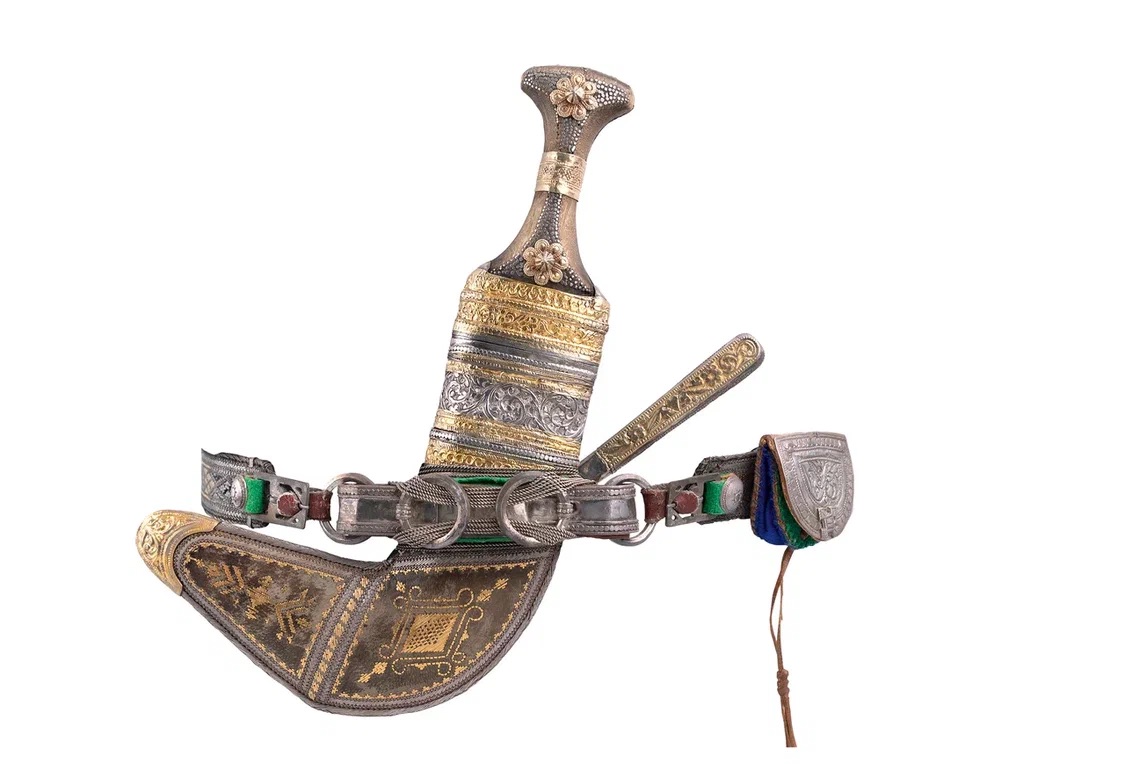On July 12, an exhibition about the traditional culture of the Sultanate of Oman will open for the first time at the Patriarchal Palace in the Moscow Kremlin.
This is the first joint project for the Moscow Kremlin Museums and the National Museum of the Sultanate of Oman. The most striking and interesting items from the collection of the National Museum of the kingdom were selected for it, revealing the richness of the historical and cultural heritage of Oman.

The exhibition will feature outstanding works by Omani craftsmen: ceremonial daggers made of precious metals; belts, amulets, exquisite jewelry; national costumes and unique accessories.
“The Silver Treasures of Oman project at the Moscow Kremlin Museums is the beginning of a large collaboration with colleagues from Oman’s National Museum,” notes Elena Gagarina, General Director of the Moscow Kremlin Museums. “Taken together, the exhibits form a coherent narrative that reflects the inextricable connection between past and present in Omani culture.”
As is known, from ancient times to the present day, products made of silver or decorated with it not only testify to the status and material well-being of their owners, but also serve as a merit of artistic skill. In decorative features, one can read the belonging to a certain region and even a workshop - ornamental motifs have been passed on from generation to generation for centuries.
Silver was important in the history and culture of Oman and, it should be noted, was used in the manufacture of the traditional khanjara dagger, the national emblem of the sultanate.

Silver jewelry in Oman was worn by both women and men, regardless of age and social status, both at the court of the Sultan and in everyday life. Each item: a ceremonial dagger, a necklace-case for the Holy Quran or a ring - acquired a metaphysical meaning, personified spiritual protection, combining the filigree perfection of form and the value of a noble metal.
Two sets of memorial items of outstanding personalities in the history of Oman will occupy a special place at the exhibition. This is the traditional costume of Sir Sheikh Mbarak bin Ali al-Hinawi - the main representative of the Sultan of Zanzibar in the coastal regions of East Africa, as well as a historian and researcher of Swahili culture; personal belongings and jewelry of Princess Sayida Salma bint Sa'id al-Busa'idi of Zanzibar, who wrote Memoirs of an Arab Princess, the world's first autobiography of a noble Arab woman.
The exhibition will last until September 29, 2024. A project that returns the favor is being prepared from the Russian side: next year, an exhibition from the collection of the Moscow Kremlin Museums will open in Oman.
Galina Semyonova for Rough&Polished
